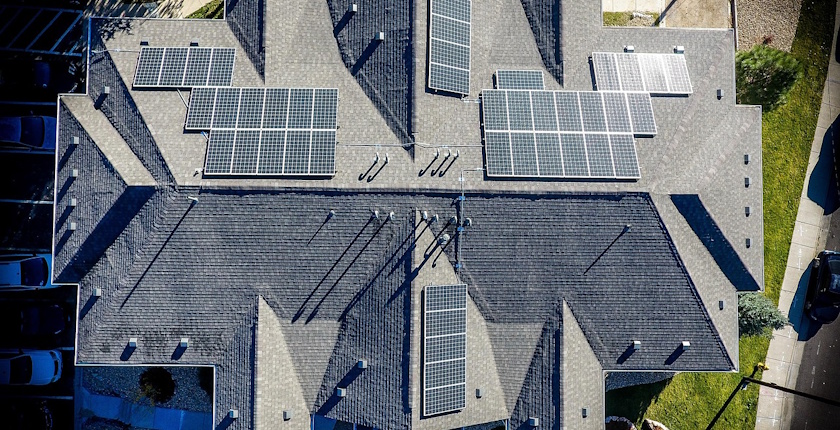
Photo: Charlie Wilde from Pixabay
More than 100,000 aggregated home batteries have recently supplied power at over 500 MW to California’s electricity system in a virtual power plant event covered by a new analysis.
The test virtual power plant (VPP) event occurred on July 29, and Brattle produced the analysis. The consultancy’s experts studied the data from the operation, called by several aggregators in California.
Residential batteries provided over 500 MW of capacity to the California power system during the event, according to Brattle.
Founder of GoPowerEV John Reister wrote on LinkedIn that 100,000 home batteries operated like a mid-sized power plant.
“On July 29, California aggregated more than 100,000 residential batteries and discharged them for two hours during the evening peak. The result: 535 MW of coordinated output, comparable to a gas peaker plant, but distributed across rooftops instead of built on a single plot of land,” Reister’s post reads.
GoPowerEV specializes in electric vehicle charging systems for multi-family apartments.
The aggregators have discharged their portfolio of batteries between 7 and 9 pm
According to the presentation on initial findings prepared by Brattle’s experts, several VPP aggregators in California discharged their portfolio of batteries between 7 and 9 pm, with an average output of 535 MW.
The aggregators conducted the event to assess the performance capability of their battery fleet heading into California’s summer peak season, when VPP grid services will be needed most.
The participants accounted for a diverse mix of battery manufacturers, aggregators, VPP programs, and geographic locations. In general, Sunrun was the largest aggregator, Tesla was the largest original equipment manufacturer, and most of the batteries were enrolled in California’s Demand-Side Grid Support (DSGS) program, the presentation reads.
Consistent supply from batteries throughout the event’s duration
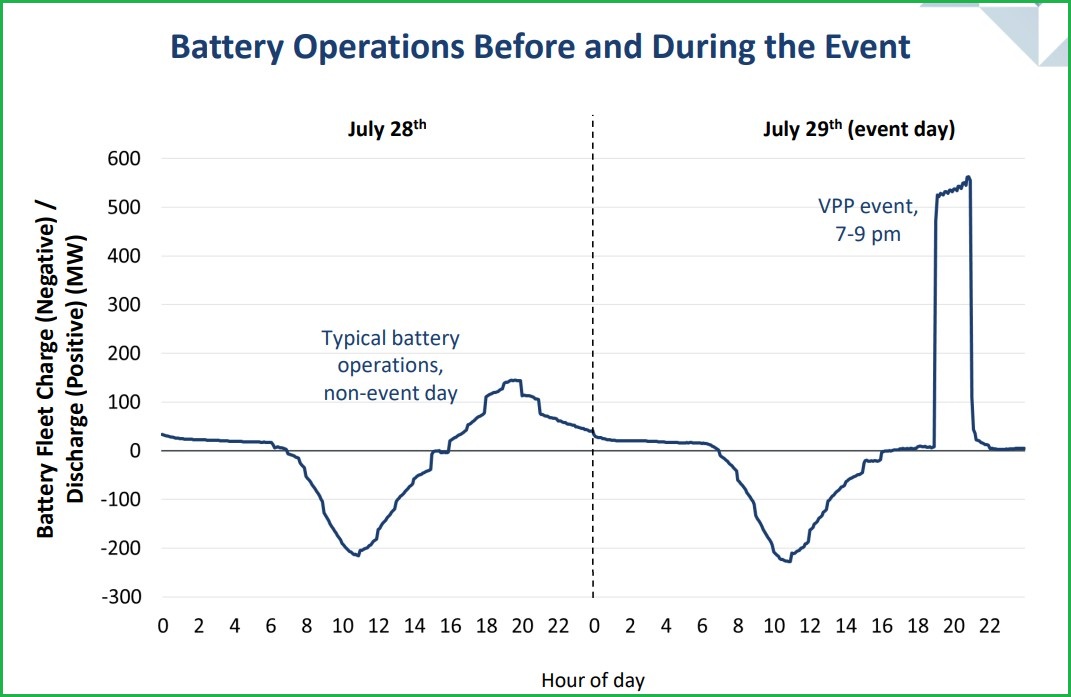
The authors underlined that the batteries’ performance during the event demonstrates a significant departure from their status quo operations. It means that most of the 535 MW of battery output was additive; it would not have occurred without calling an event.
They also pointed to a relatively consistent output from the batteries throughout the event’s duration.
On peak days, using VPPs to serve CAISO’s net peak could reduce the need to invest in new generation capacity and relieve strain on the system associated with the evening load ramp, the authors added.
In their words, the batteries could help to mitigate some of the challenges associated with California’s so-called duck curve.
California Independent System Operator, or CAISO, is California’s transmission system operator.





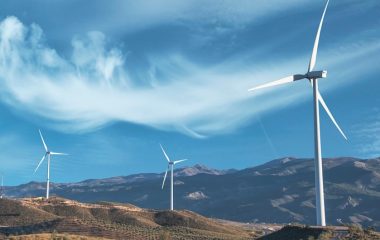
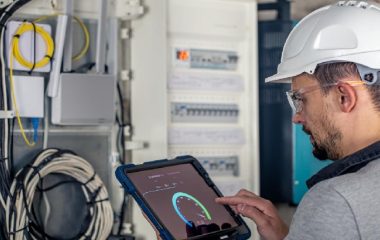

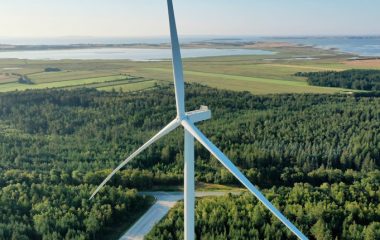
Be the first one to comment on this article.